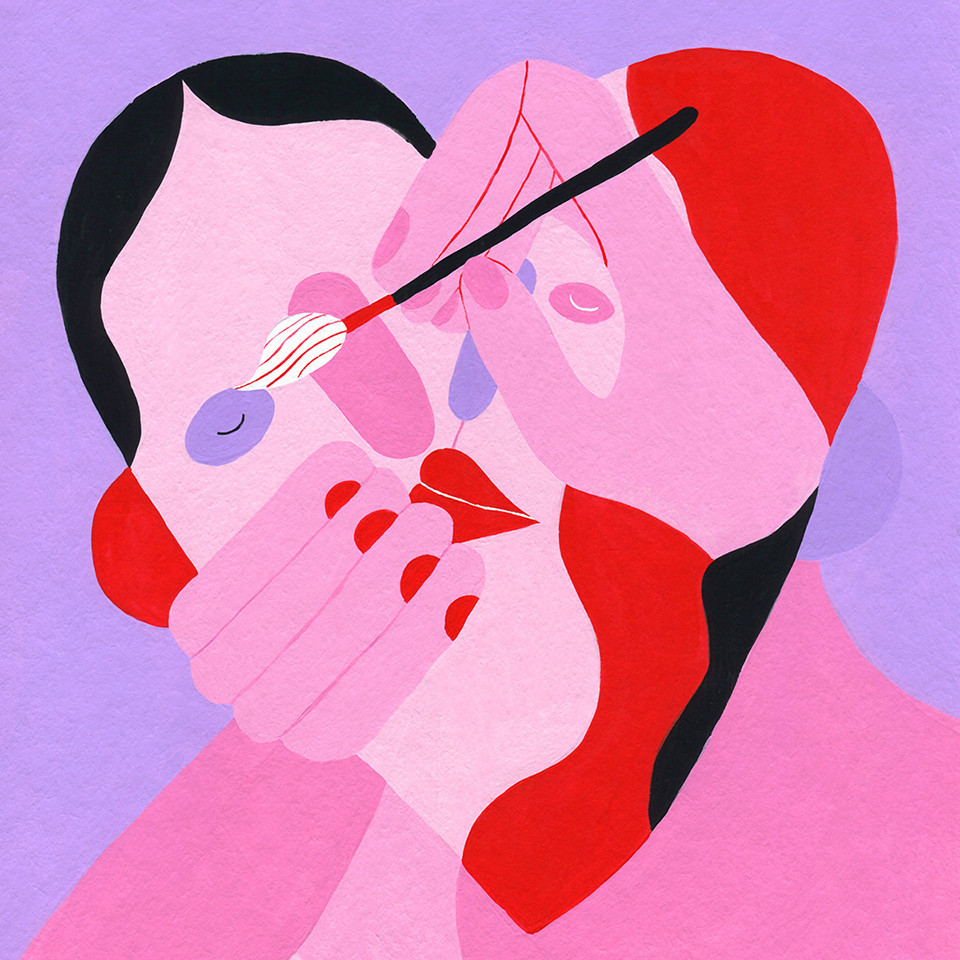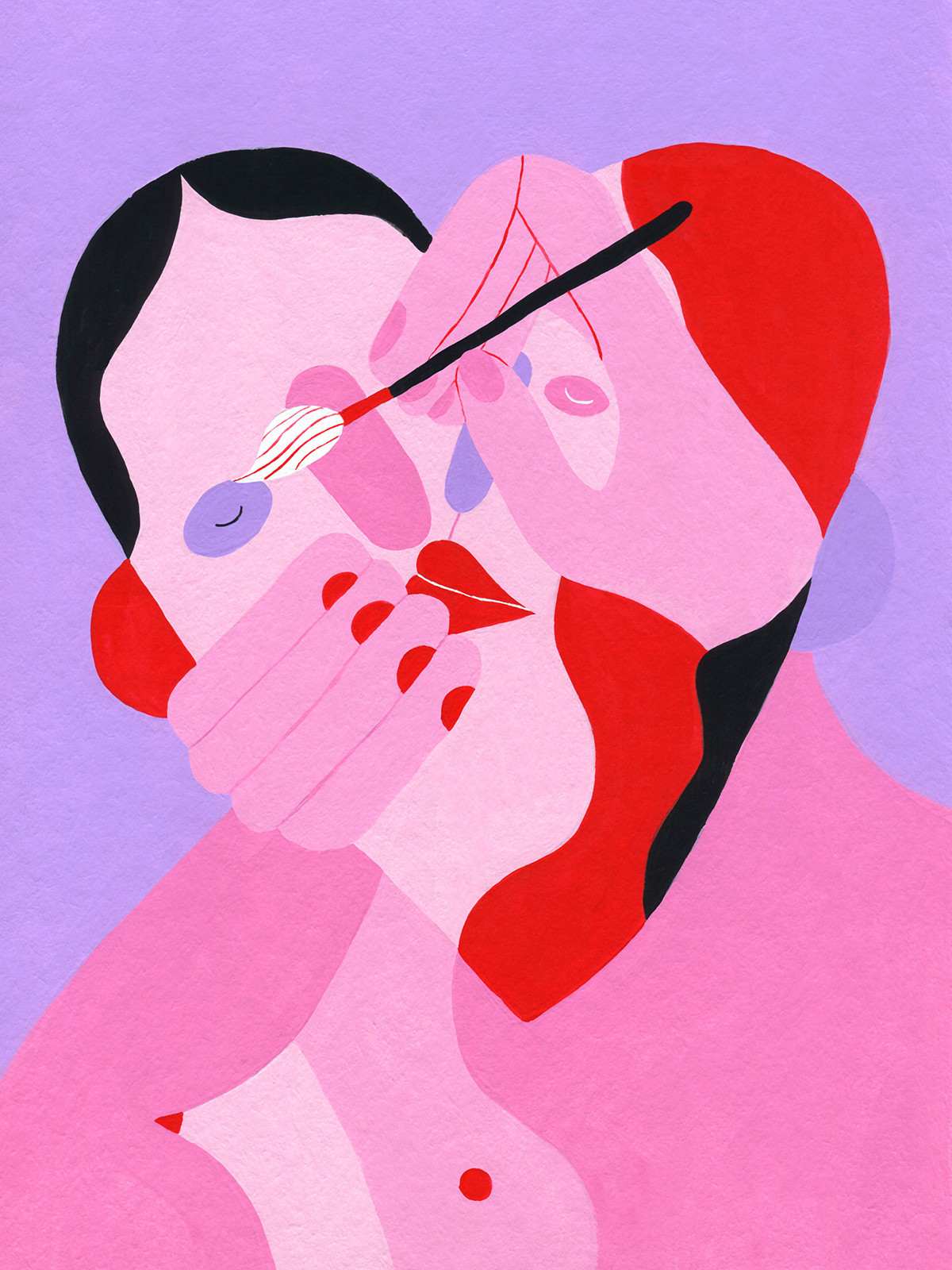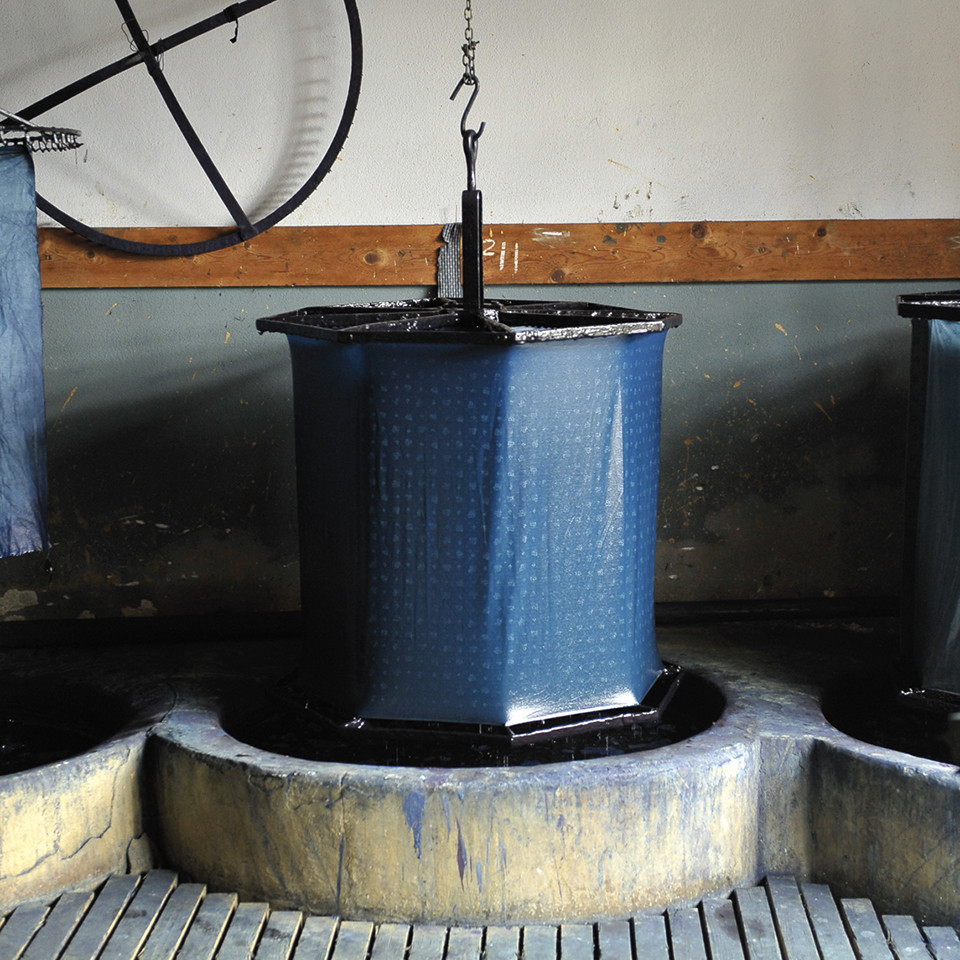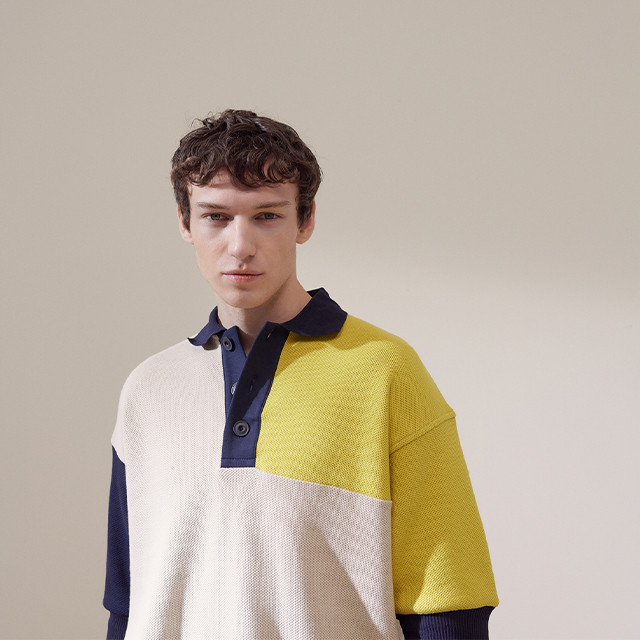
Love in art,
and art in love
Can you paint love? Or sculpt it? Or even describe it, sing about it, film it? Over the centuries, like most people, artists have grappled with the essence of love and attempted to understand it. In fact, last century the idea that love itself can be a form of art gained in popularity. An artistic fieldtrip on the trail of that most beautiful of emotions.



Love! How does one go about portraying such a huge emotion on canvas? What would the picture look like? And what about sculpture? How is love portrayed in the various different styles of antiquity, the gothic era, art nouveau or modernism? Love is all-encompassing, always in flux, sometimes painful, sometimes seductive, angry, secure, erotic, caring or passionate – there’s simply no way it can be grasped in its entirety.
The art genres that distil these processes have long since mapped out their specific styles and narratives: romantic love films, love poems, love songs. Kitsch and tragedies. And while fine art is continually reimagining its given genres, such as nudes, portraits, still lifes, sculpture or landscapes, there is no one ‘love art’ that is constantly evolving.
It’s as if love is saying, “you can’t capture me in a gaze”. Of course, if you set out to find love in art, you will come across numerous examples. Love doesn’t need its own genre. It is everywhere in all its facets.
Let’s start with the original love, the parental love given by mothers and fathers. Mary and the baby Jesus is, for example, a motif that can be found in practically any Christian church. In the 15th century, Leonardo Da Vinci painted several versions of the Madonna and Child. In every epoch of every culture we find depictions of the protective, devoted mother. It is a concept that also lends itself to modern interpretation: in 2009, a piece of street art by Banksy gave an idea of what maternal love could look like today: it shows a mother admonishing her mohawked son not to forget to eat and make some trouble as she lovingly adjusts his bandana. The piece has affectionately been named “Mother and Anarchist Son” – how evocative!
Paternal love can be found over the centuries, too, either in stern, patriarchal love in family portraits or affectionate love in portraits of peasant families. In today’s art we see bearded fathers holding their child on their arm, leading them by the hand, by the seaside or sitting at a table.
Many artistic renditions of being in love rely heavily on Cupid’s arrows, symbolising all-conquering love. For instance, in the paintings of the baroque Italian artist Caravaggio, whose pictures of adolescent boys are usually considered prime examples of gay motifs in art. A few centuries later, Marc Chagall’s painting titled “Love” shows a more chaste love, with a graceful bride and groom: marriage as love.
And what about nudes? Are they a study of the naked human anatomy or do they lustfully worship the model, acting as a channel for desire? Pure sex has also been shown in the art of all cultures since time immemorial: Inca clay sculptures show warrior couples in a range of sex positions. Other indigenous people decorated temples and tombs with phallus symbols and vulvas as expressions of fertility: hunting, harvesting and sexuality were closely interwoven in mythology.



Possibly the most iconic artwork that fuses erotic and affectionate love is Auguste Rodin’s sculpture “The Kiss” from 1880, widely considered to be the absolute essence of love hewn in stone. Rodin’s sculpture has become an iconographic representation of love in art: an embracing couple. He is slightly bent over her, she swoons and is clasped in his arms. The lips are on the verge of touching, or have they already kissed? It is a very intimate moment and it sums up all we associate with the most beautiful of emotions. But what makes this sculpture even more fascinating is that it doesn’t actually depict pure, innocent love. In fact, the couple are from Dante Alighieri’s narrative poem “The Divine Comedy”. The lovers sharing this adulterous kiss are Francesca da Rimini and Paolo Malatesta, her husband’s brother. Although Dante’s story was several hundred years old, Rodin’s sculpture still caused a scandal in 1880 – for showing two naked people kissing each other!
In art, love has always been either the depiction of bourgeois ideals or a breach of certain taboos. And, as a synonym for love, a kiss has been a projection surface in art for social exploration. That is one reason the 1928 painting “The Lovers” by René Magritte marks such an incisive moment in art history. Magritte’s kissing couple have their heads shrouded under veils. We cannot see the lovers and the lovers cannot see each other. They see nothing. This painting remains disturbing rather than a celebration of a positive emotion. Love in this picture feels unpleasant and unsettling. Are the lovers blind, incapable of seeing the other individual?
Love in all its facets permeates art. Perhaps even landscape paintings are an expression of love? In the romantic era, Caspar David Friedrich was a master at expressing emotions through different moods in nature. The forest, the tree, the valley, the fluffy clouds and the gloomy skies are symbols of our emotional worlds.
In the 1960s, the controversial artist Joseph Beuys went a step further, seeing art in action, in each individual’s own behaviour: “Everyone is an artist”, he proclaimed. This didn’t mean that everyone should be painting, dancing, writing, but that life itself and how we shape it, for instance through love, is a social sculpture – and hence art.
It was a revolutionary approach. But before Beuys, another man had declared that the ability to love was, in fact, a form of art. In 1956, the philosopher, psychoanalyst and social psychologist Erich Fromm wrote a book titled “The Art of Loving”, which remains one of the best-selling non-fiction books worldwide. In it, Fromm dispels the false expectations of love: most people consider love something that you don’t have to learn, but which you simply feel. For these people, it is not about loving, but about being loved. In fact, loving is more important than being loved, giving more important than receiving. To learn and live this skill, love must be understood as an artform, a craft. Fromm’s social sculpture is the fulfilling true love that comes from loving all people, and hence also oneself. We can and should sketch our relationships, colour them in and gild them – just like Gustav Klimt in his painting “The Kiss”.
As we stroll through museums or visit a gallery opening, art can always shake us up, cause us to question our own taboos and encourage us to change. We can actively shape art and art history every day – without brushes, without chisels or verses, but simply by loving.
Text by Oda Albers, Illustration by Kissi Ussuki
Past Stories
Copy












